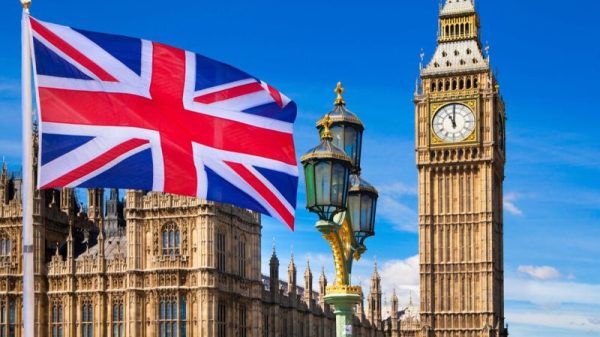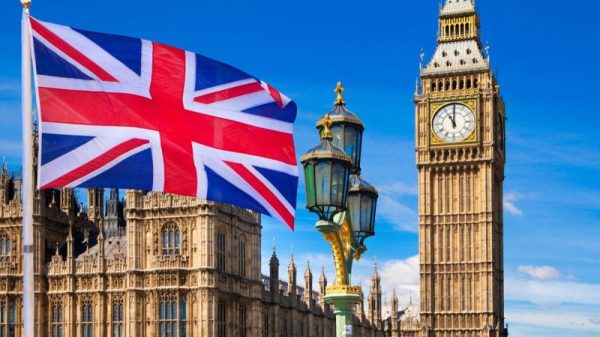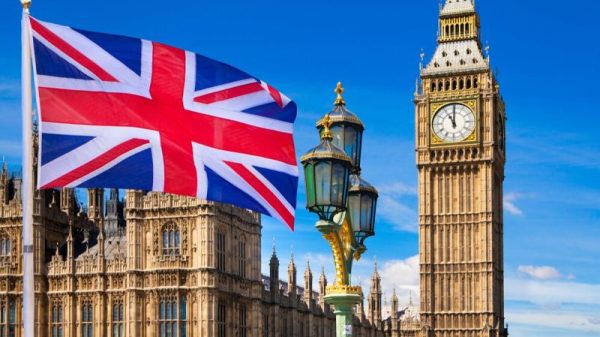Jeffrey A. Singer
Charles Fain Lehman of the Manhattan Institute is no fan of cannabis legalization. On July 2, 2025, he took to the Wall Street Journal opinion pages to argue that it would be disastrous for the Trump administration to move cannabis from Schedule I (“drugs with no currently accepted medical use and high potential for abuse”) to Schedule III (“drugs with a moderate to low potential for physical and psychological dependence”) on the Drug Enforcement Administration’s schedule of controlled substances. Other Schedule III drugs include ketamine, anabolic steroids, and acetaminophen with codeine (e.g., Tylenol #3).
I have argued here and here that reclassifying cannabis as a Schedule III drug would still mean that cannabis remains federally illegal until the Food and Drug Administration allows pharmaceutical companies to market cannabis and cannabis products as medications—an event unlikely to happen anytime soon. Even then, people would need a prescription from a licensed health care practitioner to obtain it.
Rescheduling cannabis will make it easier for researchers to conduct high-quality studies on the plant’s medicinal uses. It will also simplify the process for cannabis retailers to take federal tax deductions, which the law currently prohibits. Lehman opposes this change, fearing it will enable retailers in the 24 states and the District of Columbia where recreational cannabis is legal to conduct their businesses more freely.
To build his case, Lehman makes many alarming and questionable claims about cannabis’ harmful effects—a more academic and sophisticated version of “Reefer Madness.”
He claims that cannabis legalization has led to higher cannabis addiction rates (cannabis use disorder, or CUD), referencing a 2023 review of nine research articles published between 2016 and 2022 to investigate whether there is a connection between cannabis legalization and CUD. However, the review authors found, “There was no significant association between legalization and CUD treatment admissions, and CUD admissions decreased overall during the study periods.”
Lehman could have cited—but didn’t—a prospective cohort study of over 1,400 adults in Ontario, Canada, from September 2018 (one month before cannabis became legal across Canada) to October 2023, published in the Journal of the American Medical Association in April 2025. Some participants were cannabis consumers before legalization, while others began using cannabis post-legalization.
During the study period, frequent cannabis users reduced their consumption after legalization, while former non-users were more likely to increase their use. Misuse declined among current users, but it slightly increased among new users—an unsurprising trend, given that they were starting from a zero baseline.
Researchers also observed significant changes in product preferences. Consumers decreased their use of dried flowers, concentrates, oils, tinctures, topicals, and hashish, while increasing their use of edibles, liquids, and vape cartridges—a shift that could reduce pulmonary health risks.
Overall, the study indicated that legalization hasn’t led to the feared health harms and may actually promote safer use and harm reduction.
Lehman wrote, “Due to legalization, today’s pot is far more potent than it was years ago.” On the contrary, prohibition is the reason THC levels have increased. Readers of my blog posts are aware of the iron law of prohibition: “the harder the enforcement, the harder the drug.” Data show the average THC content in seized marijuana has been rising since at least the 1990s. This trend predates any state-level legalization and reflects black-market dynamics, where higher potency yields greater profits. Besides, just as liquor stores offer light beer alongside hard liquor, legal cannabis shops sell weed in potencies ranging from mild to high-strength.
Lehman cites a 2024 systematic review of 64 articles to argue that teenage cannabis use has increased in states that have legalized cannabis. The reviewers concluded, “recreational cannabis laws were associated with a modest but significant higher odds of past-month cannabis use.” However, data from the University of Michigan’s 2025 Monitoring the Future Survey show a decline in teen cannabis use in 19 of the 21 states with available pre- and post-legalization statistics. Legal cannabis retailers, like liquor stores, enforce age restrictions. Black market dealers do not. And no reasonable legalization advocate supports legalizing for minors or opposes age restrictions.
Lehman cites research indicating that cannabis, especially in adolescents and young adults, may hinder cognitive development, leading to lower IQ scores, and could increase the risk of heart attacks and strokes in adults. However, multiple studies on twins found no evidence to support claims that cannabis can affect IQ or intelligence in developing youth. There is moderate but inconclusive evidence that cannabis use may contribute to the risk of psychosis and schizophrenia in adolescents, but again, nobody is advocating legalization for minors. An extensive systematic review and meta-analysis in 2023 found that cannabis use does not significantly raise the risk of heart attack or stroke.
Lehman attempts to frighten property owners by citing reports that the opening of legal cannabis dispensaries may reduce property values in nearby neighborhoods. However, this concern is not unique to cannabis. Critics have pointed to studies linking various types of legal businesses—including liquor stores, fast-food restaurants, adult entertainment venues, and even Walmart stores—with declines in property values, higher crime rates, and more social problems in surrounding areas. NIMBY activists often use such research to advocate for stricter zoning laws, which worsen the housing affordability crisis. This is no reason to single out cannabis dispensaries as illegitimate.
Finally, Mr. Lehman writes, “legalization hasn’t even killed the black market.” Yet he surely knows that high taxes and licensing regulations in some states make legal weed less competitive than cheaper black market options. This explains why states with lighter rules, like Washington, have been more successful at reducing the black market than states with strict regulations, such as California and New York.
Importantly, even if cannabis use does carry serious physical and mental health risks, many legal substances that adults consume can also pose health and well-being risks for some individuals, depending on how much and how long they use them.
As I write in my book, Your Body, Your Health Care:
To British philosopher John Stuart Mill, only the affected individual is best qualified to judge whether a risk is worth taking because no other person cares more about that individual’s best interest. Even if patients make the wrong decisions, Mill maintained that society should regard them as if they are the experts about what is in their best interests because they have insights into their own priorities for well-being and happiness that no other person can have. Mill argued against the government blocking people from purchasing certain drugs unless they obtained a physician’s prescription, arguing that it interferes with patients’ choices and may make certain drugs more expensive or more difficult for them to get.
In a free society, adults make their own decisions based on their assessments of the risks and benefits. The government has no right to override those choices. It is no more moral for the government to decide if using cannabis is too risky for adults than it is to regulate how much sugary or ultra-processed food they can consume. Ultimately, the question isn’t whether cannabis is entirely safe—it’s whether we trust adults to make their own choices or believe the government should decide for them.
While Charles Fain Lehman highlights potential risks, evidence from states where it is legal shows that adults can handle those risks responsibly, making federal prohibition both scientifically unsupported and morally indefensible.























